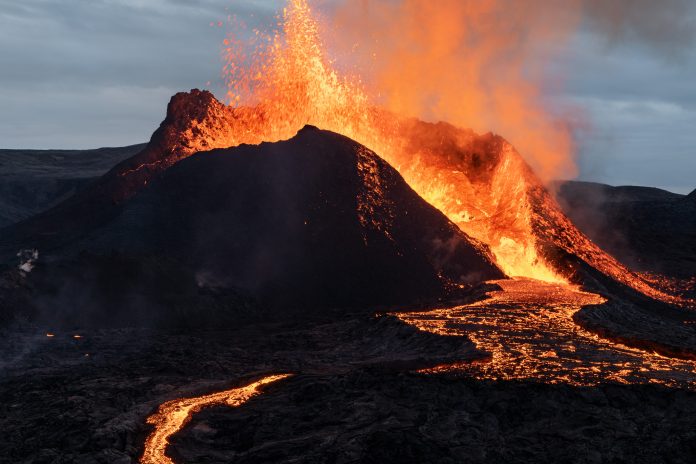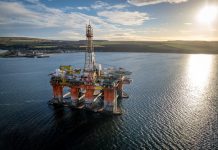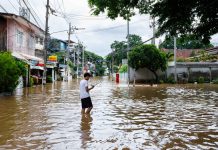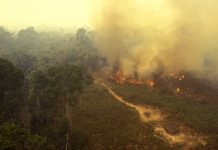Iceland’s Reykjanes Peninsula is experiencing a series of volcanic eruptions that could continue intermittently for years or even decades, according to researchers analysing local earthquake and geochemical data
This development has significant implications for the country’s most densely populated region, housing 70 per cent of Iceland’s population, its main international airport, and critical geothermal power plants.
Previous Reykjanes Peninsula eruptions
Since 2021, the Reykjanes Peninsula has seen eight eruptions, prompting authorities to declare an emergency. The latest eruption, from May to June, forced evacuations at the popular Blue Lagoon geothermal spa for the third time in just over two months. This southwestern region, despite Iceland’s regular volcanic activity, had been dormant for 800 years before this period.
The eruptions are a substantial economic disruption risk, particularly given the proximity to Reykjavík, the capital city, which is less than an hour’s drive away. Residents and businesses face uncertainty about future eruptions and possible evacuations.
Volcanic activity
An international team of scientists from institutions including the University of Oregon, Uppsala University in Sweden, and the University of Iceland, has been monitoring these volcanic activities closely. Their research, published in Terra Nova, uses seismic tomography and lava sample analysis to uncover the geological processes at play. They predict that the region might need to prepare for recurrent eruptions that could last for decades or even centuries.
Ilya Bindeman, a volcanologist from the University of Oregon, explains that Iceland’s location on the Mid-Atlantic Ridge causes the North American and Eurasian tectonic plates to drift apart, which can trigger volcanic eruptions. While the origins of the current eruptions are known, the specific magma storage and plumbing systems involved remain unclear. The peninsula has eight active volcanic sites, and understanding whether these share a common magma source or have individual sources is crucial for predicting future activities.
Bindeman’s team used isotopic analysis to identify the “fingerprint” of magma, revealing that the initial eruptions from 2021 to 2023 and the recent eruptions likely share a common magma storage zone located 5.5 to 7.5 miles below the Earth’s crust. This zone is fed by deeper mantle rock, which can sustain long-lasting eruptions.
Despite the potential for prolonged volcanic activity, scientists cannot yet predict the exact duration or frequency of future eruptions. Bindeman highlights that while patterns may emerge, nature often defies regularity. Plans are underway to safely drill into the volcanic sites to gain further insights into the geological processes driving these eruptions. The relatively less volatile nature of Iceland’s eruptions provides a unique opportunity for close-up scientific study.
Witnessing these events, Bindeman notes, is both awe-inspiring and humbling. “These events are ordinary from the geological scale, but from the human scale, they can be devastating.” he said.











